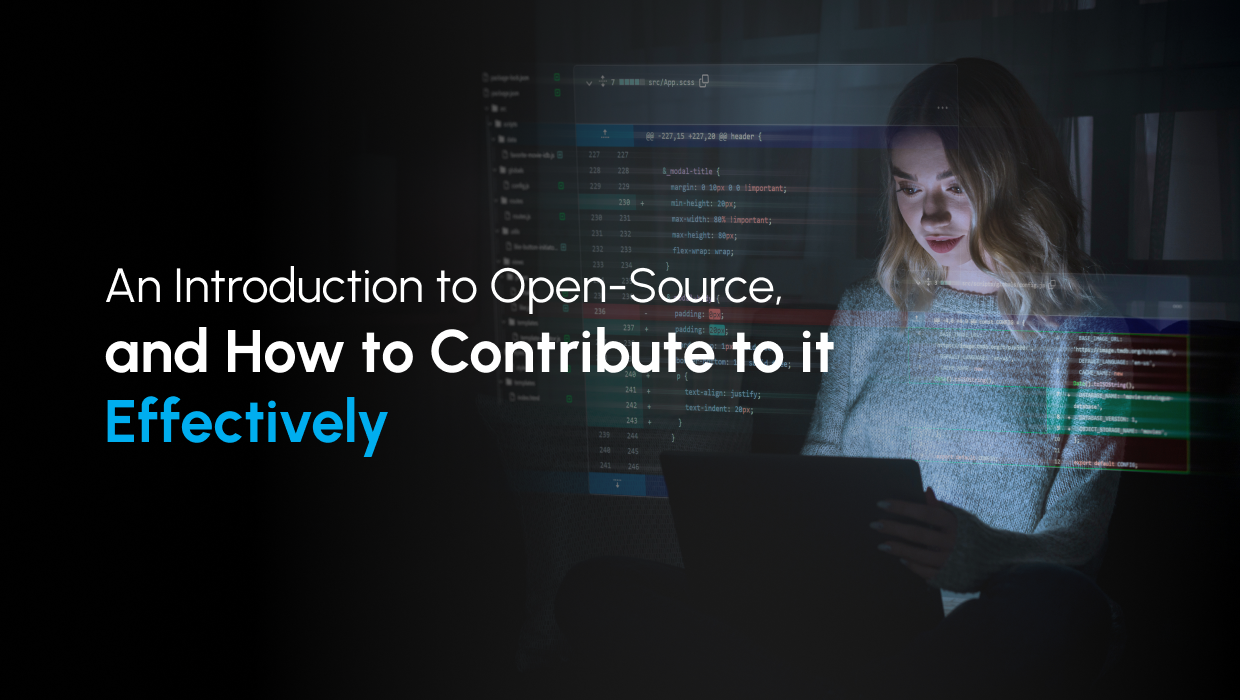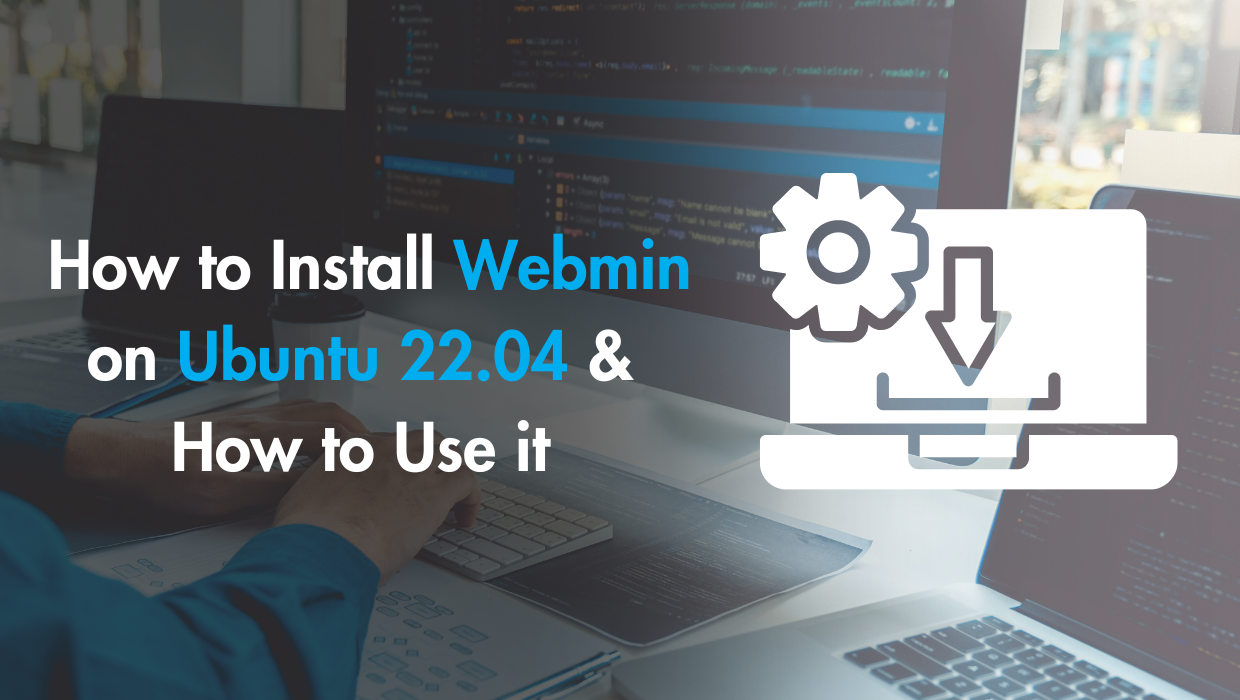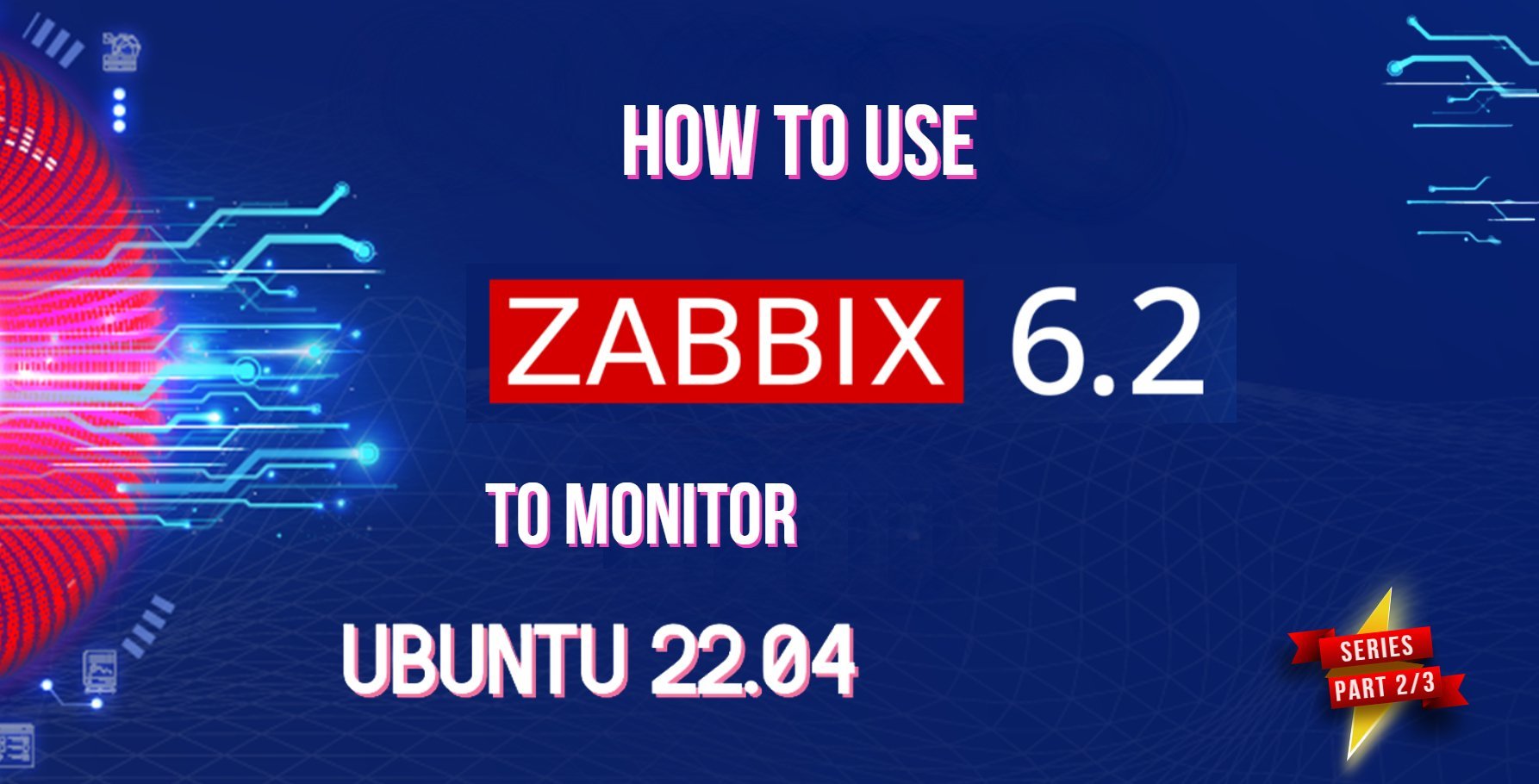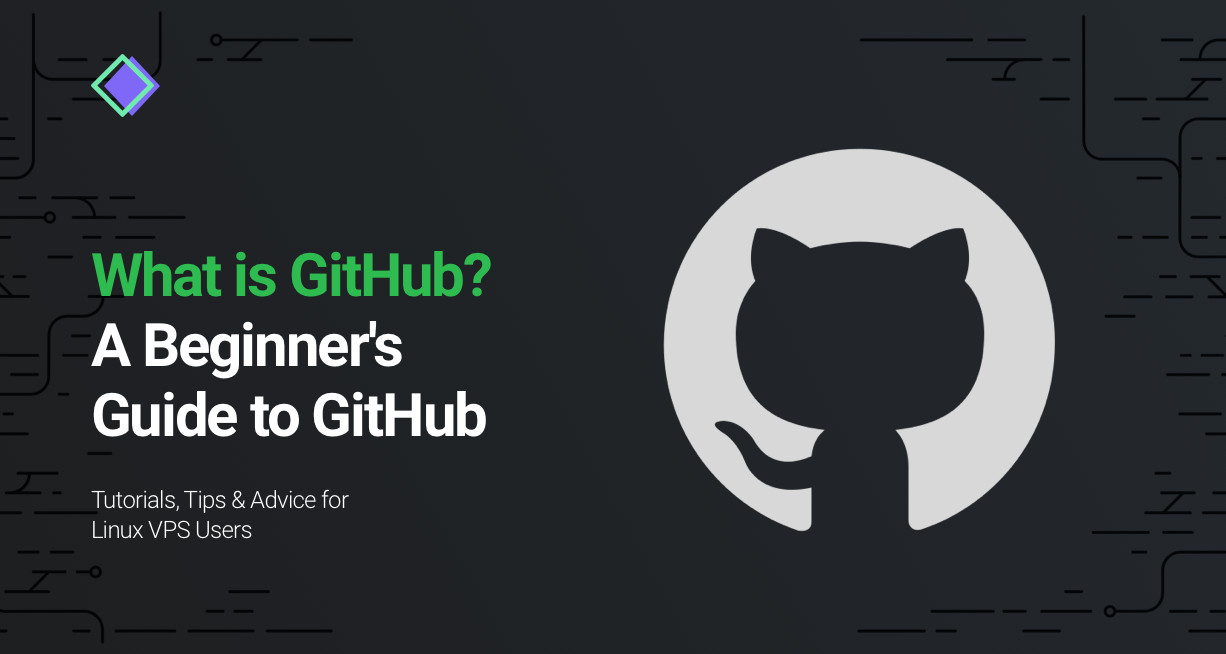So, What is Open Source?
Have you ever used a piece of software and thought, "I wish this had this feature" or "I would do this differently"? Or wondered how some of your favorite software is developed, or who contributes to it?
Well, open-source projects give you a behind-the-scenes look at the development process and allow you to be a part of it. Plus, did you know that some of the world's most successful companies, like Google and Amazon, heavily rely on open-source software?

Open-source refers to software whose source code is made available to the public for free, allowing anyone to view, use, modify, and distribute it.
Contributing to open-source projects is crucial because it not only helps to improve software but also fosters a collaborative community where individuals can share ideas and skills.
It provides an opportunity for developers to learn from others, gain practical experience, and showcase their talents to potential employers.
Open-source software is used by millions of people worldwide, and contributions from the community ensure its continued success and sustainability.
In this article, you'll learn the benefits of Open-Source software, the amazing advantages contributing to open source gives you, and how to contribute to it.
Benefits and Examples of Open-Source Software
The benefits of open-source software are numerous. Firstly, it is mostly free to use and can be modified to meet specific needs. It is constantly being updated and improved by a global community of developers, making it more secure, stable, and feature-rich compared to proprietary software.
Open source also fosters a collaborative and transparent development process, which promotes innovation and knowledge sharing. It also offers greater flexibility and control over software, empowering users to customize it to their specific requirements.
Some examples of open-source software include the Linux operating system, the Apache web server, the WordPress content management system, and the Mozilla Firefox web browser. These are just a few examples of the vast array of open-source software available today, and their popularity and success demonstrate the power and potential of open-source.
Benefits of Contributing to Open-Source Projects
As a developer, contributing to open-source projects gives you immense benefits. It provides an opportunity to collaborate with a global community of developers, which leads to valuable networking opportunities and new learning experiences.
Contributing to open-source also enables developers to gain practical experience and build their skills by working on real-world projects, and helps them to showcase their talents and enhance their reputation within the industry. Additionally, contributing to open-source projects can lead to career opportunities, such as job offers or freelance work.
However the most important benefit of them all, is that it offers a sense of fulfillment and satisfaction in knowing that you have contributed to a global community and helped create something of value for others.
Git: The Essential Tool in Open Source
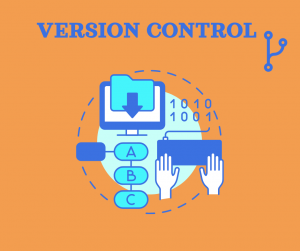
Git is a distributed version control system that enables developers to manage and track changes in source code efficiently.
It allows developers to work on their own copies of the project, make changes, and save them as snapshots called "commits." Git helps teams collaborate by providing a centralized repository where everyone can share their work, review and merge changes, and resolve conflicts if multiple people make edits to the same file.
Learning how to use Git should be the first step for anyone looking to contribute to open source, and understanding its fundamentals is essential for effective collaboration.
By learning Git, you can navigate the codebase, create branches, make changes, and submit your contributions in an organized and efficient manner.
Git's distributed nature enables easy coordination with other developers, facilitating collaboration and enabling effective code reviews.
Moreover, Git provides a detailed history of the project, allowing contributors to track changes and understand the evolution of the codebase.
Git plays a pivotal role in the world of open source, and its importance cannot be overstated. To learn how to use Git, check out the official Git project site, and read the ProGit book.
Finding an Open-Source Project to Contribute to
Now that you are excited about contributing to open-source, it's time to start looking for a good project to contribute to. This can seem daunting, but there are many resources available to help you get started.
One option is to browse popular code hosting platforms like GitHub and GitLab, which offer a wide range of projects to choose from.
Another option is to search for open-source projects based on specific interests or skills, using directories such as the Free Software Directory and Awesome Open Source.
Additionally, many open-source projects have welcoming and supportive communities that can guide new contributors through the process.
Some projects even offer "good first issue" or "beginner-friendly" tags to help new contributors find easy-to-fix issues. Ultimately, the key is to find a project that aligns with one's interests and skills and to start small, gradually building up to more complex contributions.
Finding Projects on GitHub
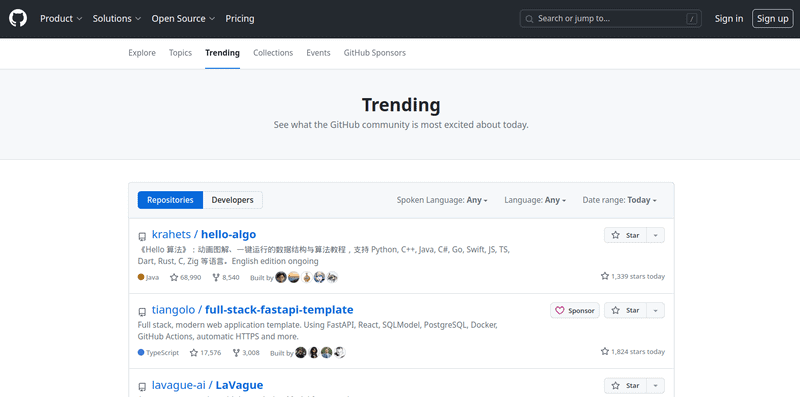
Finding an open-source project to contribute to on Github can be as easy as browsing one of the following pages:
- Github Topics: Categorizes and discovers projects based on specific themes or technologies. Github users add descriptive tags to their repositories, making it easier for others to find and contribute to projects related to specific topics. These topics range from broad categories like "web development" and "data science" to more specific technologies like "react" or "python."
- Github Trending: Highlights popular and promising open-source projects. It uses an algorithm that analyzes the popularity, activity, and quality of projects based on factors like stars, forks, and issues. The projects are categorized into daily, weekly, and monthly trending lists, making it easy for users to discover new and interesting projects in their areas of interest.
- Github Collections: Allows users to curate and share a list of repositories on a specific topic. Users can create a collection by selecting a set of repositories and organizing them into a single page. Each collection can have a name, description, and tags to help users find related content. Users can follow collections to get notified when new repositories are added. This feature is useful for users who want to showcase a set of repositories that they find valuable or want to collaborate on a specific project. For example the How to choose (and contribute to) your first open source project collection shows you how to find projects that need help and start making contributions, and the Government apps collection hosts open source projects built by governments across the world.
- A list of awesome beginners-friendly projects.
Finding Projects on Other Platforms
GitLab
While Github may be a bit more popular, GitLab is also an extremely well-known website that hosts open source projects.
- GitLab Explore page: GitLab's Explore page lists some of the most popular and active projects on the platform.
- GitLab Topics: Explore projects of different topics. For example, you can go to the Python Topic Page to explore interesting Python projects.
Contributing to Well-known Projects
Mozilla Firefox
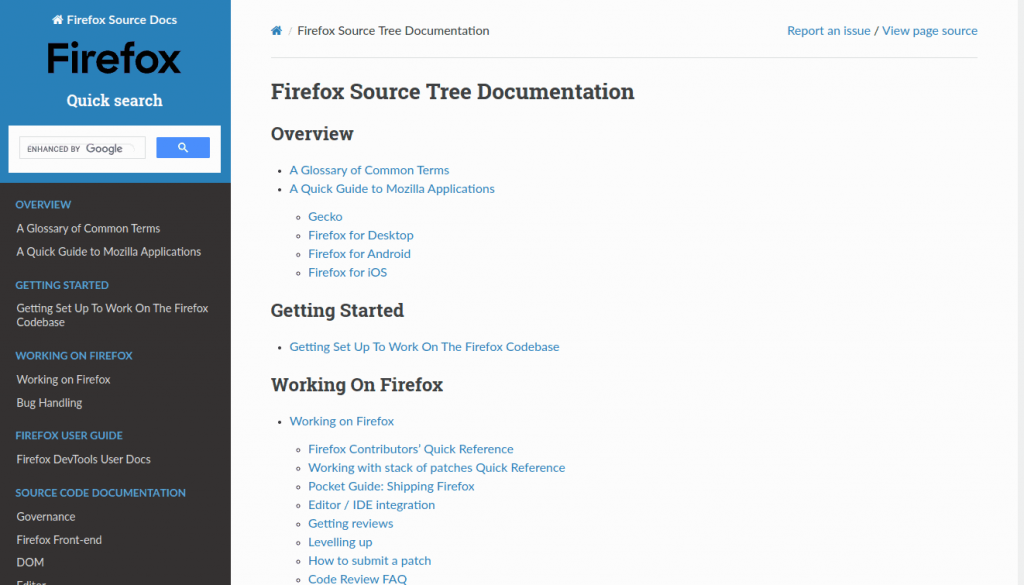
Mozilla Firefox is an open-source web browser developed by Mozilla Foundation. Contributing to Firefox can be a great way to improve your coding skills, work with a global community of developers, and help make a difference to millions of users worldwide. Here are the steps to contribute to the Mozilla Firefox open-source project:
- Get started with the Getting Set Up To Work On The Firefox Codebase page.
- Find a project to work on by browsing the Mozilla Firefox Project Page.
- Choose a task to work on by searching for bugs and features on Bugzilla.
- Carefully read Mozilla's contribution guidelines.
WordPress
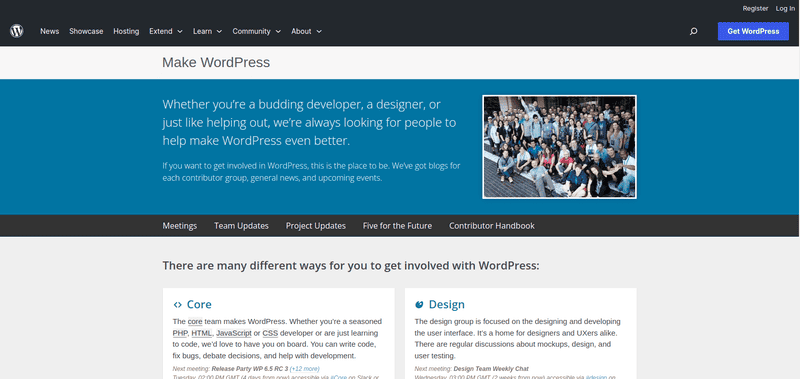
WordPress is a popular open-source content management system (CMS) that allows users to create and manage websites, blogs, and online stores. As of 2021, WordPress websites power more than 40% of the internet.
Contributing to the development of WordPress as a developer or writer will enhance your skills, and allow you to collaborate with a global community, especially if you are already a user of the platform.
To contribute to WordPress, check out the Make WordPress webpage and choose the contribution team you want to join.
For example, if you're a PHP or JavaScript developer, you can contribute to the Core team, and if you are a writer, you can select the Documentation team, or the Polyglots team if you are a translator, you can also choose many other areas of contribution such as Design, Accessibility, or Support.
Getting Started With Contributing to an Open-Source Project
Now that you've found an open source project you'd like to contribute to, here are a few general steps you can take to make contribution easier.
Familiarizing Yourself With the Project
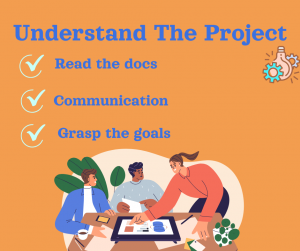
Before diving into contributing, it's crucial to familiarize yourself with the project you're interested in. This involves:
- Reading the project's documentation: Start by going through the project's documentation, including the README file, contributing guidelines, and code documentation. Understanding how the project is structured and how it works will give you a solid foundation to build upon.
- Understanding the project's goals and objectives: Take some time to grasp the project's purpose and objectives. Understanding what the project aims to achieve will help you align your contributions and ensure that you're working towards the project's goals.
- Joining the project's mailing list or Slack channel: Many open-source projects have dedicated communication channels, such as mailing lists or Slack channels. Join these platforms to connect with other contributors, ask questions, and stay updated on project-related discussions.
- Interacting with the community: Once you're part of the project's communication channels, make an effort to engage with the community. Participate in discussions, provide feedback, and share your ideas. Collaboration and open communication are key aspects of successful open-source projects.
Choosing a Task to Work on
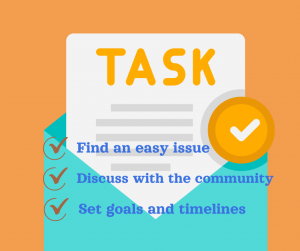
Now that you are familiar with the project and its community, here are some general steps to help you choose a task to work on:
- Finding an issue that matches your skill level: Start by exploring the project's issue tracker or bug tracker. Look for issues labeled as "beginner-friendly," "good first issue," or similar tags. These issues are usually meant for newcomers and are a great way to get started. Read through the issue descriptions, and assess whether the problem and the required skills match your expertise. If you're new to the project, it's advisable to choose a task that challenges you without overwhelming you.
- Discussing the issue with the community: Once you've identified a potential task, it's essential to discuss it with the project's community. Comment on the issue, expressing your interest in working on it and asking for more details or guidance if needed. Engaging in conversation not only shows your enthusiasm but also helps you clarify any doubts or ambiguities regarding the task. The community members and maintainers can provide valuable insights, suggestions, or alternative approaches that can enhance your understanding of the problem and guide you in the right direction.
- Setting goals and timelines for the task: After discussing the task, it's crucial to set clear goals and timelines for yourself. Determine what you aim to achieve with this task and break it down into smaller, manageable sub-tasks. This helps you stay organized and focused throughout the contribution process. Discuss your goals and timelines with the community, seeking their input and advice. The community can provide feedback on the feasibility of your goals and help you refine your timeline based on their experience with the project.
Best Practices for Contributing to Open-Source Projects
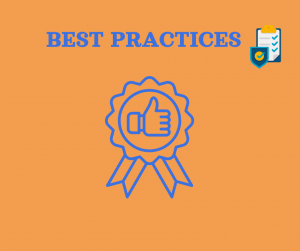
When contributing to open-source projects, it's essential to follow best practices to ensure the quality and maintainability of your contributions. Here are some additional best practices to consider:
- Writing good code: When working on a contribution, strive to write clean, modular, and well-structured code. Follow the project's coding conventions and style guidelines to maintain consistency with the existing codebase. Writing good code not only makes it easier for others to understand and review your contributions but also helps in the long-term maintainability of the project.
- Documenting your work: Apart from the project's documentation, consider documenting your specific contributions as well. This includes adding inline comments to explain complex logic, providing usage examples, and documenting any architectural decisions you made during the development process. Well-documented code ensures that future contributors can easily understand your work and build upon it.
- Writing clear commit messages: Each commit you make should have a clear and concise commit message. A good commit message summarizes the changes made in the commit and provides enough information to understand its purpose. Follow the project's commit message guidelines if they exist. Clear commit messages make it easier for maintainers and other contributors to track changes, understand the context, and review your work.
- Keeping good documentation: While the focus is often on code contributions, maintaining good documentation is equally important. If you notice any gaps or outdated information in the project's documentation, take the initiative to contribute improvements. This could involve updating existing documentation, adding missing information, or creating new documentation where needed. Good documentation helps onboard new contributors and ensures the project remains accessible and understandable.
Remember that open-source projects thrive on collaboration and shared knowledge, so take the time to contribute not only to the codebase but also to the project's documentation and communication channels.
Communicating With the Community

Effective communication is vital when contributing to open-source projects. Here are some best practices for communicating with the project community:
- Keeping the community informed of your progress: Regularly update the community on your progress as you work on a contribution. This can be done through comments on the issue tracker, pull request discussions, or project-specific communication channels. Share your achievements, challenges you encountered, and any updates related to your work.
- Asking for help when needed: Don't hesitate to seek help from the community when you encounter obstacles or have questions.
- Giving feedback to others: Contributing to open-source projects involves not only receiving help but also giving back to the community. Offer constructive feedback on other contributors' work, such as reviewing pull requests or providing suggestions on issues.
Your updates keep the community informed, asking for help when needed promotes collaboration, and providing feedback contributes to the growth of both individual contributors and the project as a whole.
Dealing With Common Issues When Contributing to Open-Source
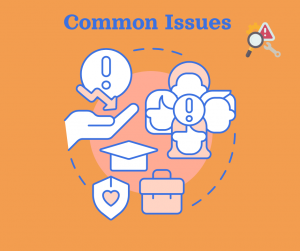
Contributing to open-source projects often involves receiving feedback and undergoing code reviews. It's essential to handle common issues that arise during this process in a constructive and collaborative manner. Here are some tips for dealing with these issues:
- Responding to code review comments: When your code goes through review, expect to receive feedback and suggestions from the project's maintainers or other contributors. Take the time to carefully review each comment and understand the reviewer's perspective. Respond to the comments promptly, acknowledging the feedback and discussing any points that need clarification. Be open to discussion and willing to make improvements based on the feedback received.
- Addressing concerns raised by reviewers: If reviewers raise concerns or point out issues in your code, it's important to address them promptly and thoughtfully. Take the feedback into consideration and make the necessary changes to improve the quality of your contribution. If you have questions or need further guidance, don't hesitate to ask for clarification. Remember that the goal of code reviews is to enhance the overall quality and maintainability of the project.
- Maintaining a constructive mindset: When receiving feedback or addressing concerns, it's crucial to maintain a positive and constructive mindset. Avoid taking feedback personally and instead focus on the value it brings to your contribution. View code reviews as opportunities for growth and learning. Embrace feedback as a means to improve your skills and contribute effectively to the project.
Conclusion
You've learned what open source is, its benefits, how to find open source projects that match your interests and skill level, and most important of all, how to contribute to your open source project effectively.
With this, you can now be an open source superstar! Go ahead, embark on an exhilarating journey into the world of open-source projects. Brace yourselves for a fun-filled ride where your coding skills will skyrocket, friendships will be forged, and new horizons of knowledge will be conquered! Godspeed!
